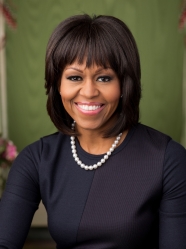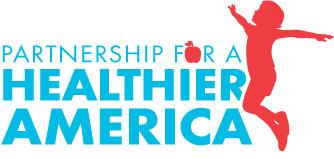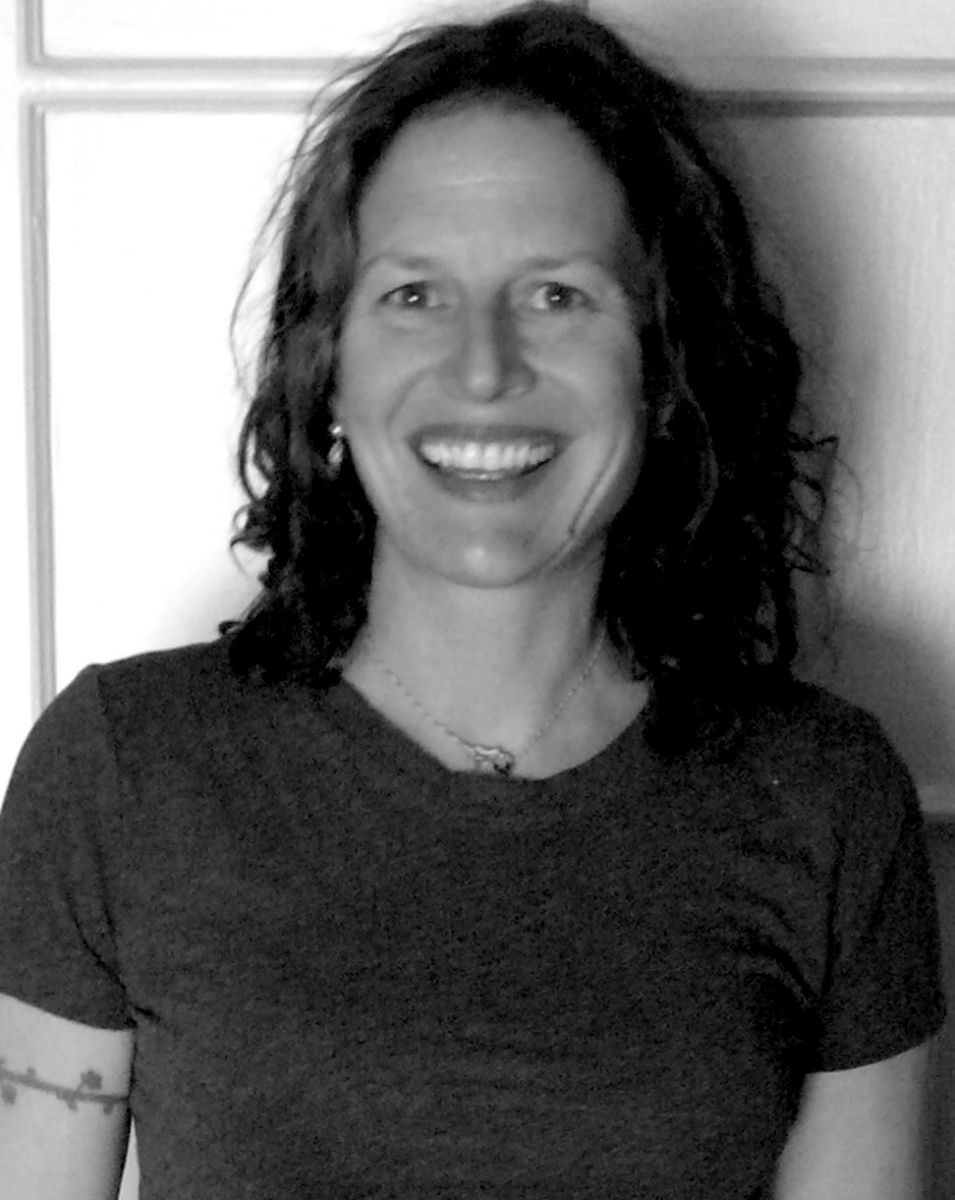The Partnership for a Healthier America’s Building a Healthier Future Summit 2013

 By Margaret Nguyen and Adam Brown
By Margaret Nguyen and Adam Brown
The Partnership for a Healthier America (PHA) held its second Building a Healthier Future Summit on March 7-8, 2013, in Washington, D.C. The meeting addressed a challenging problem: how we can end childhood obesity. We enjoyed a celebrity-filled lineup of speakers that included First Lady Michelle Obama, Newark Mayor Cory Booker, and New York Giants quarterback Eli Manning (watch this video for the summit’s speeches).
Michelle Obama – How We Can Help Parents Improve their Children’s Health
Mrs. Obama was the most highly anticipated speaker for the summit. Her speech focused on three major topics: parents have the biggest impact on children’s nutrition and activity; marketing healthy foods is responsible and profitable; and parents are role models and should care for their own health too. The continued theme throughout her talk was that parents, who are incredibly busy with the daily tasks of raising a family, are the ones who make the majority of health decisions for children. She believes the public and private sectors can work together to make “the healthy decision the easy decision,” especially through smart marketing. Collaborating with PHA, businesses like Darden Restaurants, Disney, and Walmart are prioritizing healthier foods through selecting products they choose to advertise and how they feature them. We think that these companies are still in the initial stages of the changes that they can make, but we salute the early steps these companies have taken to promote healthier choices.
The First Lady also discussed encouraging policies and programs that are now in place. The Let’s Move! Active Schools initiative will invest more than $70 million dollars to promote physical activity and to bring PE back to schools. Additionally, Reebok announced a “groundbreaking investment” of $30 million over the next three years to expand their support of organizations and initiatives that engage children and adults in physical activity. They are also renewing their pledge to the BOKS kids program. This is a before-school program that gets kids active before classes, and it’s based on research that shows physical activity helps students learn better in schools.
Her last message was a reminder to parents not to forego caring for themselves. She empathized with parents as she reminded everyone (to laughter) that she “didn’t always live in the White House.” She remembered when “a grocery shopping trip required a finely honed plan of attack.” Mrs. Obama explained that she understands the pressures parents face to truly take care of everything for their families, from the financial costs of providing for a family to safeguarding their children’s health. At the same time, she asked that we re-orient this type of thinking and “make being healthy truly a family affair.”
All Star Speakers
Mayor Booker gave one of the most rousing speeches of the conference, emphasizing how pressing and important the issue of childhood obesity is. As he explained it, obesity is “eating away at the foundations of our children, consuming their potential and their dreams, raising the costs of living, [and] lowering the quality of life.” Despite this grim outlook, he cautioned against cynicism, and argued that it is not a question of “can we?” but “do we have the collective will?” to better the health of our nation’s children. Last, he called for setting specific and actionable goals for public-private partnerships. This was certainly a theme of the conference and the primary goal of PHA.
During the summit, Reebok also announced its dedication to help children become more active with talks by BOKS Founder and Executive director Kathleen Tullie and BOKS Ambassador Eli Manning. Both speakers were welcomed with loud applause for their involvement in the program. The before-school program was available in 200 schools in 2012, and Reebok has promised to help expand BOKS to more than 1,000 schools by 2015. With less than 4% of elementary schools providing daily physical education and only 57% scheduling a regular recess, BOKS serves a huge unmet need for kids to have more daily physical activity. Reebok has donated $5 million to BOKS over the past three years and has pledged to commit $2 million each year over the next three years to ensure that BOKS is able to expand to its target number for schools.
60 Minutes of Exercise a Day for Kids
Dr. Howard Koh (MD, MPH), the Assistant Secretary for Health in the US Department of Health and Human Services, introduced a session on the 2008 Physical Activity Guidelines Midcourse Report. These national guidelines for children and adolescents recommend one hour of physical activity a day. The Midcourse Report identified evidence-based strategies to increase physical activity among youth. A 2011 survey of students from the Youth Risk Behavior Surveillance System found that 42% of children and only 8% of adolescents practiced moderate- to vigorous-intensity physical activity for 60 minutes each day in five of the past seven days before the survey. It is clear that increasing exercise time should be a major goal for all caregivers and that we still have a long ways to go in order to reach it.
The report also has a corresponding one-page infographic and factsheet that can help parents and schools. It summarizes the key findings and guidelines in the report, and can provide caregivers with a better understanding for how much physical activity their kids should engage in. Though this information applies to our children, it’s a reminder of how important physical activity is for all of us.
Dr. Risa Lavizzo-Mourey (MD, MBA), the CEO of the Robert Wood Johnson Foundation is chair of the physical activity guidelines midcourse report subcommittee, and she gave an overview of the Midcourse Report and presented its components with her colleagues on the subcommittee during a panel discussion. From their discussion, it was clear the research pointed to schools and the frequency and intensity of PE as the best way for kids to engage in physical activity. About 55 million students attend school, and so it is a great opportunity to teach kids PE and get them active. Alarmingly, daily PE is offered in only 4% of elementary schools, 8% of middle schools, and 2% of high schools. Research also suggests that improving the “built environment” in a community can increase activity among kids. For instance, increasing the walkability of communities, traffic calming measures (speed bumps), residential density, access to parks and recreational facilities, trees and vegetation, etc. – along with more PE classes – could significantly reduce childhood obesity in the US. Education policymakers should take the knowledge we’ve gained since the initial 2008 Physical Activity Guidelines Report, and make changes to help our nation’s children get active and get healthy.
***
From One Mom to Another – A Parent’s Take on Michelle Obama’s Speech
 By Catherine Newman
By Catherine Newman
Catherine Newman edits ChopChop, an award-winning nonprofit magazine with a mission to inspire kids to cook real food with their families. She is also the author of Waiting for Birdy, the etiquette columnist for Real Simple, a contributing editor at FamilyFun, and the blogger behind benandbirdy.blogspot.com, where she writes about parenting her kids and feeding her family.
I got to meet up with Kelly and her crew at the Building a Healthier Future Summit in Washington DC, and it was a fantastic couple of days of focusing on the health and wellbeing of our country, our kids, and ourselves. We shared lots of information, listened to many experts, and mostly (if I can speak frankly here) waited for the closing event, which involved all of us getting to see Michelle Obama speak.
As I listened, boy, was she playing my song. The theme of her talk was parents – us – as the first and best role models for our kids: “At the end of the day,” she said, “when it comes to the health of our kids, no one has a greater impact than each of us do [does] as parents. We know that families play a uniquely important role in the work that we’re all doing. And that’s one of the things I want to focus on today – what all of us can do to better empower families who want to make healthy choices for their kids.” To that end, she explained, “One of the most important things we can do for our children’s health is take care of our own health.” Which is not, of course, breaking news – but it is always a little bracing to be reminded of it, right? This quote, in particular, reaffirmed my great love for the First Lady: “We can’t lie around on the couch eating French fries and expect our kids to eat carrots and run around the block.” Bummer.
When my kids were small, I used to think of my obligation to myself in terms of that airplane-mandated suggestion to “put on your own oxygen mask first before helping others.” “Exactly,” I would think, as I ate a slice of cold pizza, standing in front of the open refrigerator, while some baby or other complained from the kitchen floor. “I will help you next,” I thought, as I brewed a second cup of coffee before pushing peas and carrots through a strainer, pouring out Cheerios, and scrambling an egg into tender, protein-rich curds. And yet, I could go an entire day up until dinner time without ever sitting down to eat anything. I could – and still can – feel paradoxically too stressed to pursue the very thing (yoga, say, or a run) that would most relax and energize me. I could – and thankfully don’t any longer – eat all of somebody’s leftover Goldfish crackers while they were napping and call it lunch. We all talk the talk, right? But it’s still so hard to take care of ourselves in the way that would truly enable us to take the very best care of our kids, and to model for those kids the exact healthy habits we would give anything for them to have. And I’ll tell you this: get in the habit of eating healthy, because the older your kids get, the more they watch and understand, and the more inclined they will be to actually – and yes, both my 10- and 13-year-old have done this – call you a hypocrite.
So please, if not for you then for your kids: Commit to three healthy meals a day. (I often eat what I call “Mama Lunch” in the middle of the day, and it’s a ginormous salad I make in our 8-quart stainless-steel mixing bowl, filled with chopped kale, canned tuna, sliced celery, pickled jalapenos, pinto beans, feta, and other weird stuff I like, because the kids aren’t eating it!) Commit to half an hour of movement, even if it’s walking your kids into town to look at comic books or doing the Sweatin’ to the Oldies Richard Simmons exercise tape you keep renewing at the library. Commit to snacks that fuel rather than deplete you. Mrs. Obama describes “real and meaningful change” as “our moral obligation to our children” – it is, and we know that. Which is why when I arrived home, I did the very thing I’m always recommending other people do: I gathered, prepped, and made all of my favorite healthy snacks so that when hunger strikes, I won’t raid the goody bags my kids brought home from a birthday party. Role modeling 101, but you have to start somewhere.
Roasted Chickpeas
Roasted chickpeas are one of my very favorite snacks: they’re cheap, they’re addictively tasty, they’re full of protein and fiber, and they have a glycemic index that is nice and low. Also, they’re a fantastic substitute for croutons in a salad. I’m in love with Old Bay seasoning right now, because no matter what I put it on, it ends up reminding me (in a good way) of peel-and-eat shrimp. If that doesn’t speak to you, use a different seasoning—I made them with curry powder for years and years before trying something new.
Ingredients
-
1 (15-ounce) can chickpeas, drained, rinsed, drained again, and spread on paper towels to dry
-
Olive oil cooking spray
-
½ teaspoon kosher salt (or more to taste)
-
Optional seasoning of your choice: Old Bay, curry powder, garlic powder, chili powder, etc.
Heat the oven to 350oF. Spread the chickpeas on a foil-lined rimmed baking pan, spritz them with the cooking spray, and shake them around. Bake them for about an hour to an hour and a half, shaking the pan once or twice so that they brown evenly. When they’re done, they should be quite brown and crunchy. Spritz them again with the oil, shake them around, and then add the salt and a few dashes of your seasoning. Pop back in the oven for 3 minutes, then cool (or don’t) and eat! Makes about 1 cup, which is four dense servings. (There are 1.5 cups of chickpeas in the can, but they shrink when you roast them.)
Glycemic Index: 28
Carbohydrates: about 15 grams of carbohydrates and 5 grams of fiber per 0.5 cup serving







